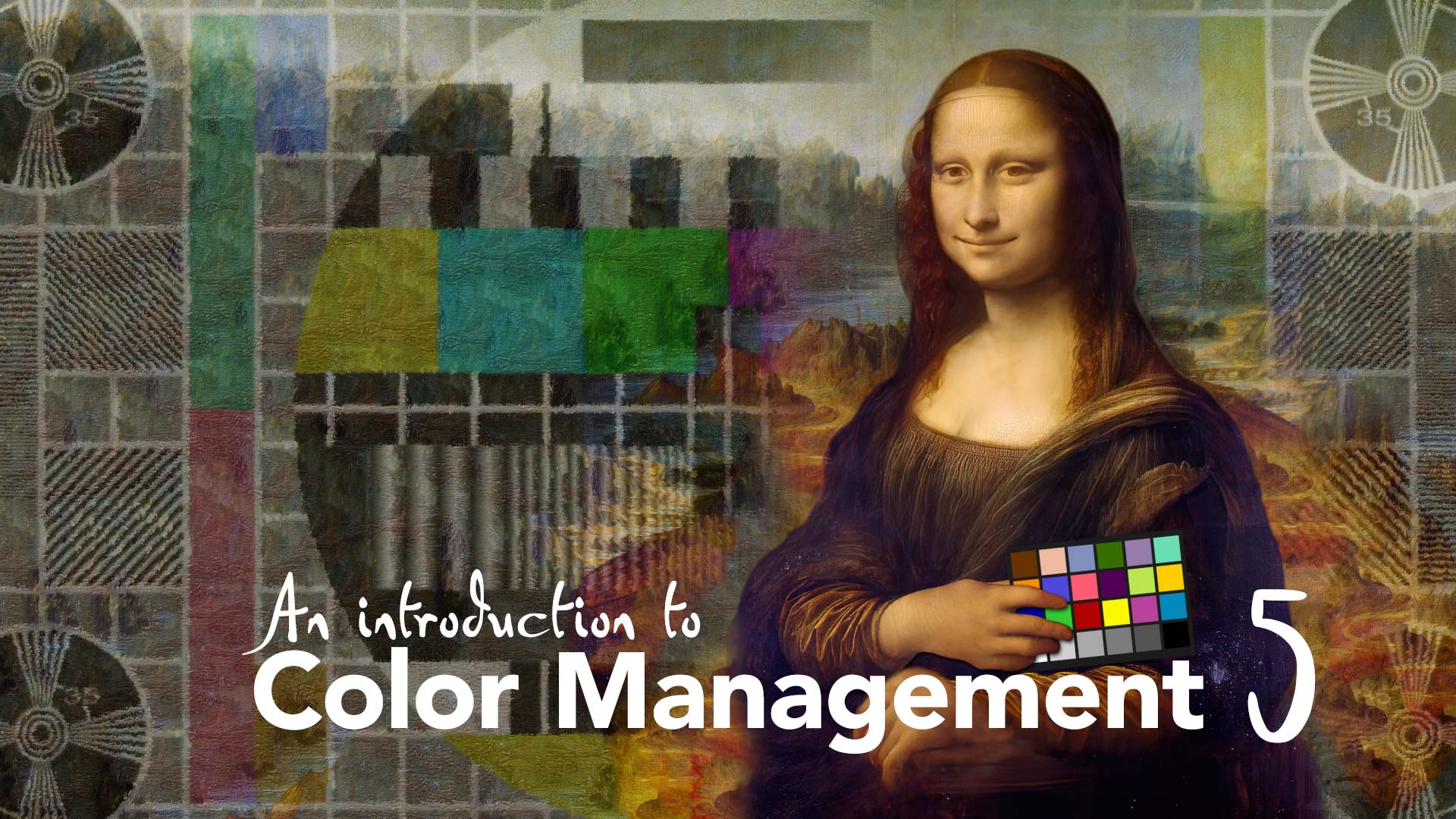Anyone who’s ever looked up color management – especially using Google – will have seen the funny, multi-colored tongue that is the CIE 1931 chromaticity diagram. But when I saw it for the first time I didn’t feel like I really understood it. It seemed to raise more questions than answer them – why is it such a weird shape? Where did it come from? What’s it for? Nothing about it seemed intuitive. The only thing that seemed really clear was that pretty much any discussion about color management was accompanied by the picture of the rainbow tongue.
Maybe it’s just me, but I always wanted to understand how that shape was made and why it was significant. You don’t end up with an image like that by accident, so presumably there’s some hidden logic behind its design.
In this video, we begin by comparing the CIE 1931 diagram to RGB values.
I’m aware that there are many readers out there, many of them After Effects users, who are simply looking for a quick guide on what settings to use, or how to set up their projects. While we are heading in that direction, the aim of this series is to step through a few basics first so that the overall mystique surrounding color management is lifted.
I’ll happily admit that when the video poses the question “Why can’t we just use RGB values?” – well, that was me once apon a time. In fact, many of the questions posed in this series, and the overall approach to the series, are based on my attempts to understand color management and put all the different pieces together.
The first edit of this video was way too long, and so I’ve split it in half to try and keep the duration manageable. We won’t dive into the deeper mysteries just yet, but we will begin by looking at the need for a diagram like this – something that is more fundamental and universal than RGB values.
In the next part, I’ll do my best to explain the odd shape, and why it’s so important to color management.
If you’ve missed any of the earlier videos in this series, then just head back to my main page.

